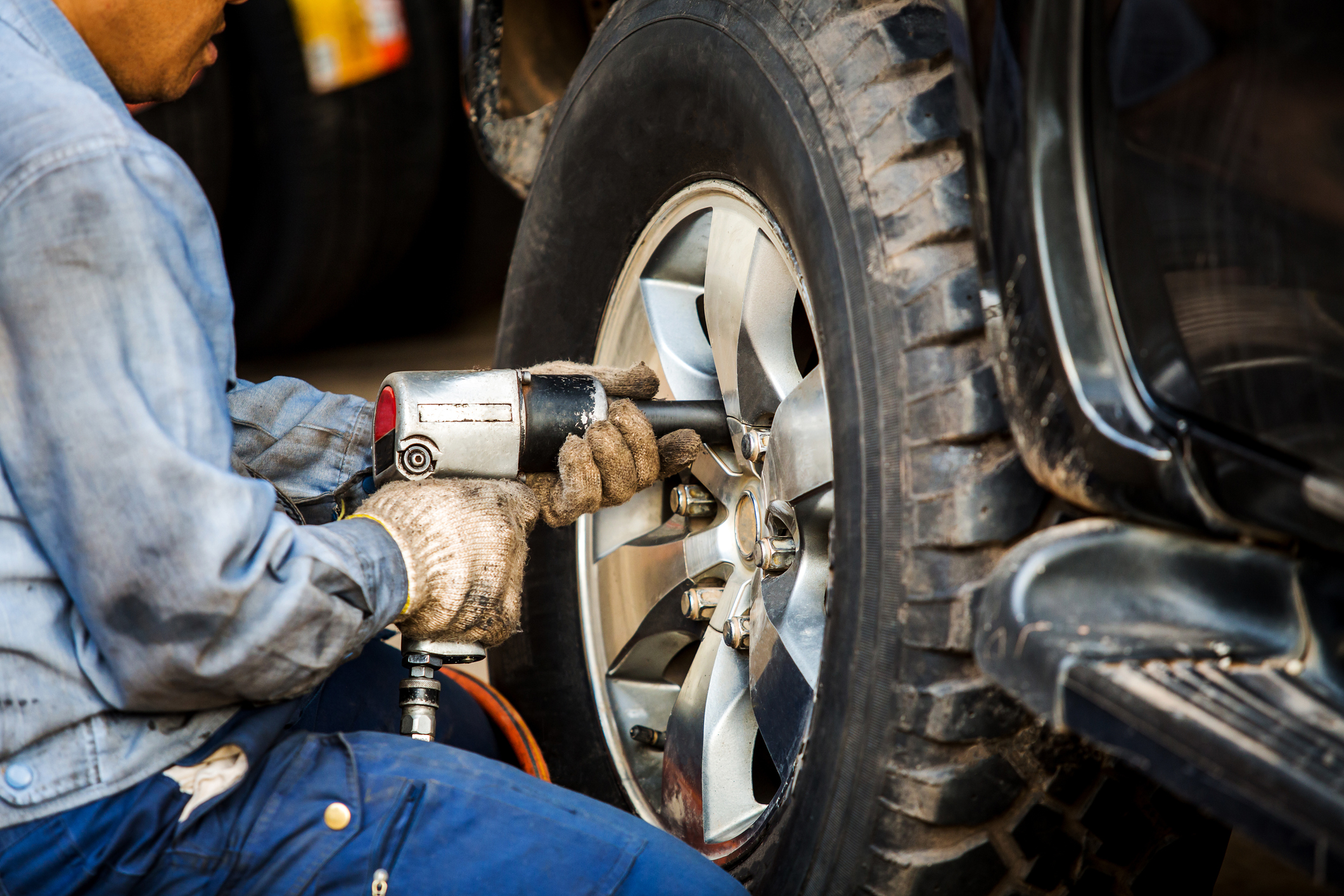
Tire Maintenance Tips for Every Driver
Tire Maintenance Tips for Every Driver
Tires are the only barrier between the road and the vehicle. They directly impact the stability and handling of your vehicle. Properly maintained vehicles can increase fuel efficiency and overall comfort while poorly maintained vehicles can serve as a safety risk to you and others on the roadway. The most important tire maintenance tips are discussed below.Check Tire Pressure Regularly
Tires lose 1-2 psi per month as part of the natural process. If tires do not have enough pressure, they may not be able to support the weight of the vehicle, which can ultimately result in a tire blow-out and loss of control of the vehicle. Low inflated tires also result in a loss of fuel economy. The U.S. Department of Energy reports that fuel efficiency can be improved by up to three percent. You should check your tire pressure when the vehicle has not been driven for at least three hours. The proper tire pressure may be listed in your vehicle’s owner’s manual, on the driver’s side door edge, on the door post or on the gas tank lid. Also, periodically check the tire pressure in your spare in case you need to rely on it.
Get an Alignment
Your tires may get out of line because of hitting a pot hole or a curb, resulting in your front end getting out of line or damage to your tires. Misalignment of wheels in the front or rear can cause uneven and rapid tread-wear and should be corrected by a tire dealer. Have the alignment checked periodically as specified by the vehicle’ owner’s manual or if trouble such as a “pulling” sensation or vibration is experienced.
Rotate Tires Regularly
Tires should be rotated approximately every 5,000 to 7,000 miles. Front tires often wear much more quickly than the rear tires. Periodically rotating the tires from the front to the back and vice versa can help the vehicle achieve even tread-wear on all of the tires. This can help increase your vehicle’s fuel efficiency and performance. In contrast if you do not rotate your tires regularly, you may have irregular tread-wear patterns that cause vibrations and discomfort while driving.
Check Tire Tread Depth Normally
Balded tires can result in tire blowouts and accidents. Proper tire tread depth can also provide good traction on wet roads and prevent accidents from occurring. You can check the depth of your tire treads by inserting a quarter upside down into the groove of the tire. If you can see above George Washington’s head, it is time to replace your tires. This is equal to about 4/32. Also, check for tread-wear at the bottom of the grooves on your tire. If the tread-wear bars appear flush with the groove, your tire needs to be replaced.
Visually Inspect the Tires Regularly
Another important maintenance technique is to visually inspect tires on a regular basis. Regularly observing your tires can help you identify any potential hazards that could result in an accident. If you hit a pothole, curb or other road debris, your tire may have developed a tear, cut, bulge or other damage that should be tended to immediately to avoid a blow-out.
Balance Your Tires
Tires that are properly balanced minimize uneven wear on your tires and also extend their life. Balanced tires limit vibration of the tire and wheels as they rotate. Tires should be balanced when you notice any vibration in them. Balancing is also necessary when a tire is removed from the wheel.
Avoid Road Debris
Avoid debris on the roadway, especially large pieces of tread that was removed from commercial vehicles. This debris can damage your tires and other parts of your vehicle.
Keep It Light
If you are traveling a long distance, consider packing less than you normally would. Overloading a vehicle can shorten the life of your tires. Every extra 200 pounds reduces your fuel economy by one mile per gallon. Your owner’s manual should contain information about the maximum load your vehicle can handle.
